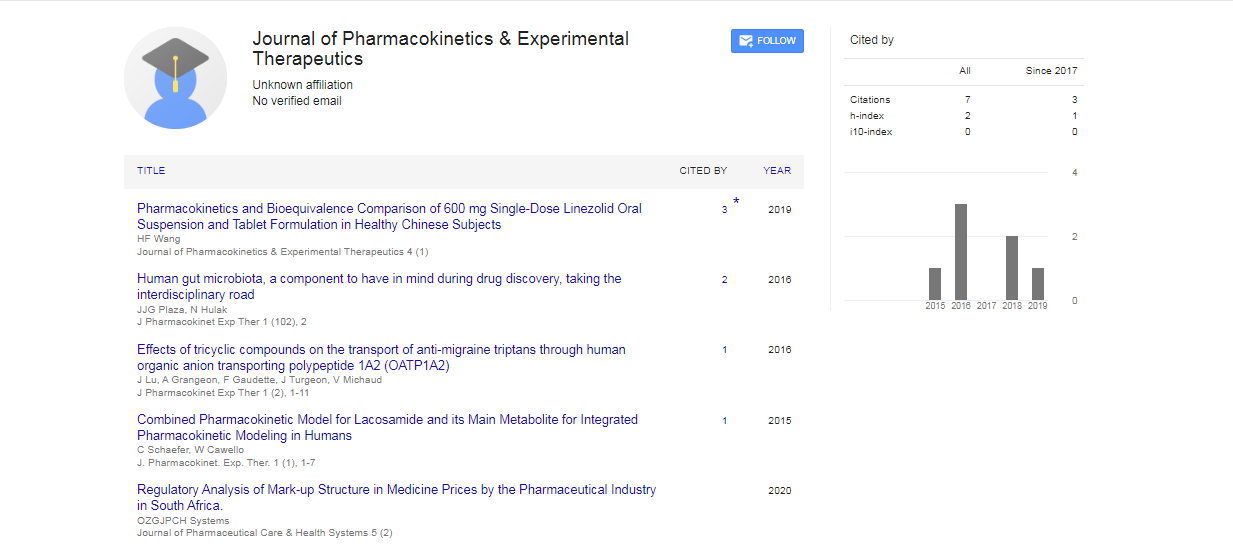Research Article
Combined Pharmacokinetic Model for Lacosamide and its Main Metabolitefor Integrated Pharmacokinetic Modeling in Humans
| Carina Schaefer1,2 and Willi Cawello1* | |
| 1UCB Pharma, Monheim, Germany | |
| 2University of Düsseldorf, Institute Clinical Pharmacy and Pharmacotherapy, Düsseldorf, Germany | |
| Corresponding Author : | Willi Cawello UCB Pharma, Alfred Nobel Str. D40789 Monheim am Rhein, Germany Tel: (+49) 2173 481480 Fax: (+49) 2173 481947 E-mail: Willi.Cawello@ucb.com |
| Received: September 30, 2015; Accepted:January 12, 2015 Published: November 22, 2015 | |
| Citation: Schaefer C, Cawello W (2015) Combined Pharmacokinetic Model for Lacosamide and its Main Metabolite for Integrated Pharmacokinetic Modeling in Humans. J Pharmacokinet Exp Ther 1:101. doi:10.4172/jpet.1000101 | |
| Copyright: ©2015 Schaefer C, et al. This is an open-access article distributed under the terms of the Creative Commons Attribution License, which permits unrestricted use, distribution, and reproduction in any medium, provided the original author and source are credited. | |
| Related article at Pubmed, Scholar Google | |
Abstract
Pharmacokinetic (PK) modeling and simulation are fundamental to describe a drug’s fate in a biological system. An understanding of therapeutically effective drug concentrations, dose-related adverse events and appropriate dosing schedules can be informed by PK. Combined PK models that include the model-dependent PKs of a drug and its metabolites in plasma and unchanged drug in urine broadens the spectrum of separated PK models. Software used for PK modeling was validated and evaluated by simulating concentration-time data of a fictive study population. Results of precision and accuracy were under 15% and met criteria for bioanalytical method validation. The PK model was applied to lacosamide and its main metabolite in plasma and lacosamide excreted in urine of healthy subjects and subjects with mild-to-severe renal impairment of a Phase I trial. Resulting PK parameters were consistent with the present understanding of the dependence between lacosamide’s metabolism and renal excretion and behavior in plasma. A model-independent analysis showed elimination processes consisted of renal and metabolic elimination, whereas renal elimination was dependent and metabolic elimination independent from renal function. The developed PK model represents progress in understanding the dependence of lacosamide’s renal excretion and the independence of lacosamide’s metabolism on renal function as well as its behavior in healthy subjects as well as in subjects with normal and impaired renal function.

 Spanish
Spanish  Chinese
Chinese  Russian
Russian  German
German  French
French  Japanese
Japanese  Portuguese
Portuguese  Hindi
Hindi 
